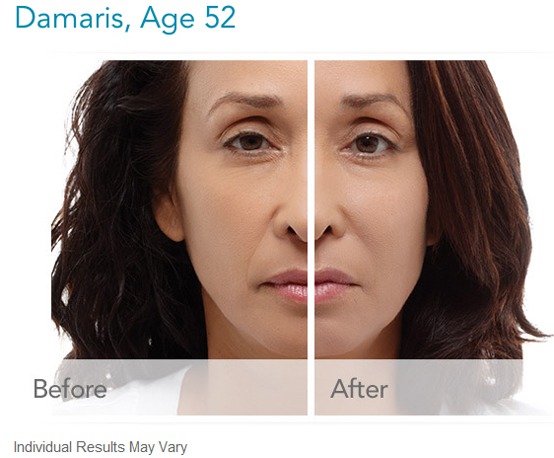Juvederm Dermal Filler Cost
 Juvederm is an FDA approved dermal filler injection that helps in restoring fullness in depleted facial areas. The end result is a fresh face that both rounder and younger looking. Juvederm is FDA approved for enhancing volume in wrinkled and loose facial areas.
Juvederm is an FDA approved dermal filler injection that helps in restoring fullness in depleted facial areas. The end result is a fresh face that both rounder and younger looking. Juvederm is FDA approved for enhancing volume in wrinkled and loose facial areas.
Your treatment provider will offer detailed information regarding the pros and cons of the procedure. They will also explain all associated costs with the procedure to help you come to an informed decision. You should consider your budget and all alternatives before making a decision.
Plastic Surgery Institute of Atlanta (PSI), led by plastic surgeon Dr. Paul McCluskey, provides Juvederm facial filler injectable treatment to patients in Atlanta, Marietta, Georgia, and surrounding locations.
Cost Comparison
Juvederm is more cost effective as compared to most anti-aging procedures. This is in comparison with ultrasound and RF based facial technologies. The treatment doesn’t take more than 30 minutes and can be completed in a single session. Juvederm contains Lidocaine which removes the need to administer general or local anesthesia.
Juvederm can be administered by your treatment provider in a safe and comfortable setting. This is a hyaluronic acid based dermal filler that is biodegradable in nature. You won’t need to pay for any other specific allergy tests either. Additionally, Juvederm injections don’t require any prescription drugs or other expenses.
Cost Benefits of Juvederm
Hyaluronic acid concentrations are higher in Juvederm as compared to other similar dermal fillers. This allows for longer lasting results that remain for 12 months or more. Additionally, you don’t need to take any time off work.
Treatment Extent
Overall cost is calculated by Juvederm treatment providers based on the number of injections used and the overall surface area. There are a few treatment providers that charge on an hourly basis as well. The amount of dermal filler requires will determine the overall costs.
Expenses are higher for larger treatment areas. Multiple sessions and appropriate monitoring may be required by few patients to meet their aesthetic objectives. Juvederm may be recommended with other procedures, like Botox.
Firm Cross-Linking
Most dermal fillers have hyaluronic acid as a common base. However, the formulation affects the sustainability and longevity of end results. The concept can be understood better with an example of yarn balls.
Yarn balls that are tightly wound take longer to unravel as compared to ones that are loosely wound. This is how Juvederm cross-linkage works. The gel increases overall cost effectiveness by disintegrating slower in the skin.
Financing and Insurance Options
Juvederm is generally an elective cosmetic procedure, which means the costs won’t be covered by your health insurance provider. However, there is always the option to use financing alternatives to pay for the treatment. You can use a third-party medical care financing loan or a private loan to pay for the treatment.
Other Important Factors
Manufacturers may offer special rebates during certain months. You can ask the treatment provider for special discounted or package rates if you are planning on getting multiple procedures performed.
The Plastic Surgery Institute of Atlanta (PSI), led by cosmetic surgeon Dr. Paul McCluskey, receives patients from Atlanta, Marietta, Georgia, and nearby areas for Juvederm cosmetic filler injections.
Contact Marietta, Georgia Plastic Surgeon Dr. Paul McCluskey at the Plastic Surgery Institute of Atlanta for a Consultation
For more information on procedures and treatments offered by Plastic Surgeon, Dr. Paul McCluskey and the Plastic Surgery Institute of Atlanta, visit:
Serving patients in and around Marietta, Atlanta, Roswell, Sandy Springs, Alpharetta, Buckhead, Morningside/Lenox Park, Virginia-Highland, Candler Park, Midtown, Inman Park, Poncey-Highland, Ormewood Park, Georgia and other surrounding areas.

 You can appear older than you are because of early signs of aging on the face. Your face is the first thing that people notice. Juvederm dermal fillers are a proven, safe, and effective treatment option for people that want to decrease moderate to several facial wrinkles and lines. The treatment provides results in a noninvasive manner.
You can appear older than you are because of early signs of aging on the face. Your face is the first thing that people notice. Juvederm dermal fillers are a proven, safe, and effective treatment option for people that want to decrease moderate to several facial wrinkles and lines. The treatment provides results in a noninvasive manner.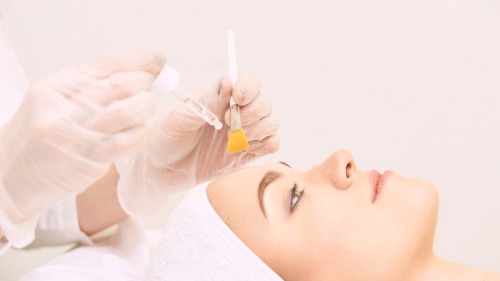
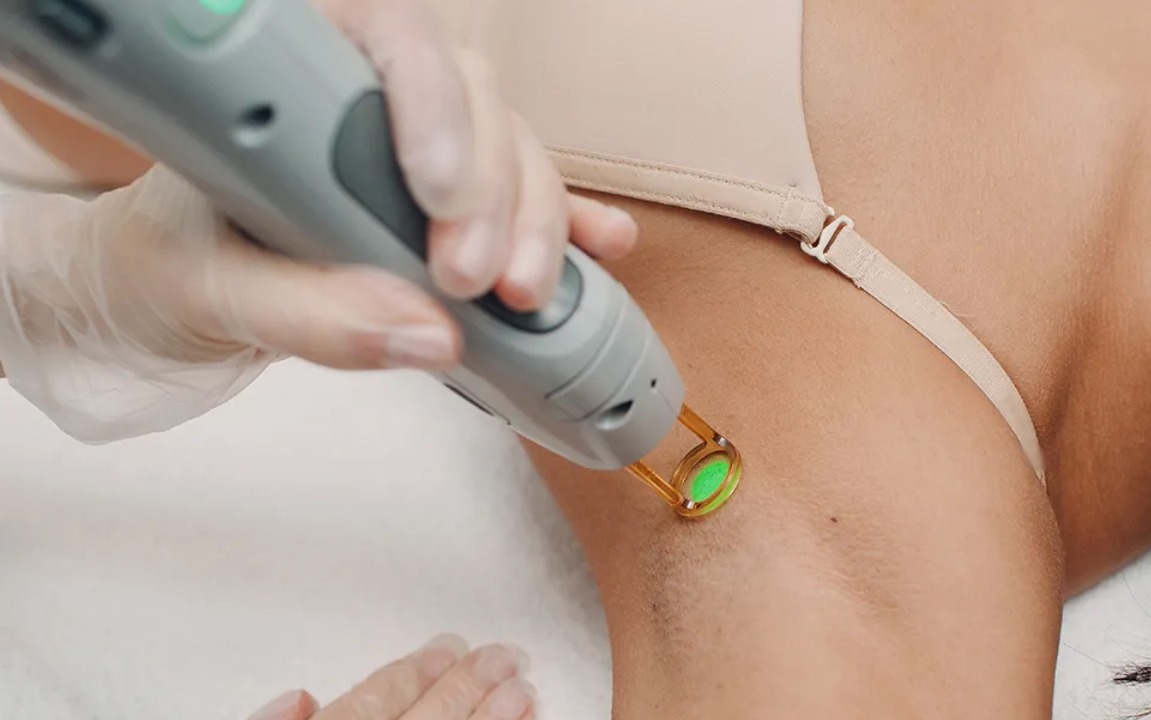 You may consider armpit laser hair removal if you are looking for a more long-term alternative to waxing your underarm hair or shaving it. Laser treatment works by destroying hair follicles for several weeks. This means that new hair cannot be produced easily, and the results may be fairly long lasting.
You may consider armpit laser hair removal if you are looking for a more long-term alternative to waxing your underarm hair or shaving it. Laser treatment works by destroying hair follicles for several weeks. This means that new hair cannot be produced easily, and the results may be fairly long lasting. Leg hair generally starts at the onset of puberty. Many people epilate, wax, shave, or use laser hair removal devices for removing hair from the legs for sports or aesthetic reasons. Pubic hair or hair in the bikini region is also normal. However, the amount of hair differs from person to person. There is no standard for the thickness or amount of pubic hair.
Leg hair generally starts at the onset of puberty. Many people epilate, wax, shave, or use laser hair removal devices for removing hair from the legs for sports or aesthetic reasons. Pubic hair or hair in the bikini region is also normal. However, the amount of hair differs from person to person. There is no standard for the thickness or amount of pubic hair.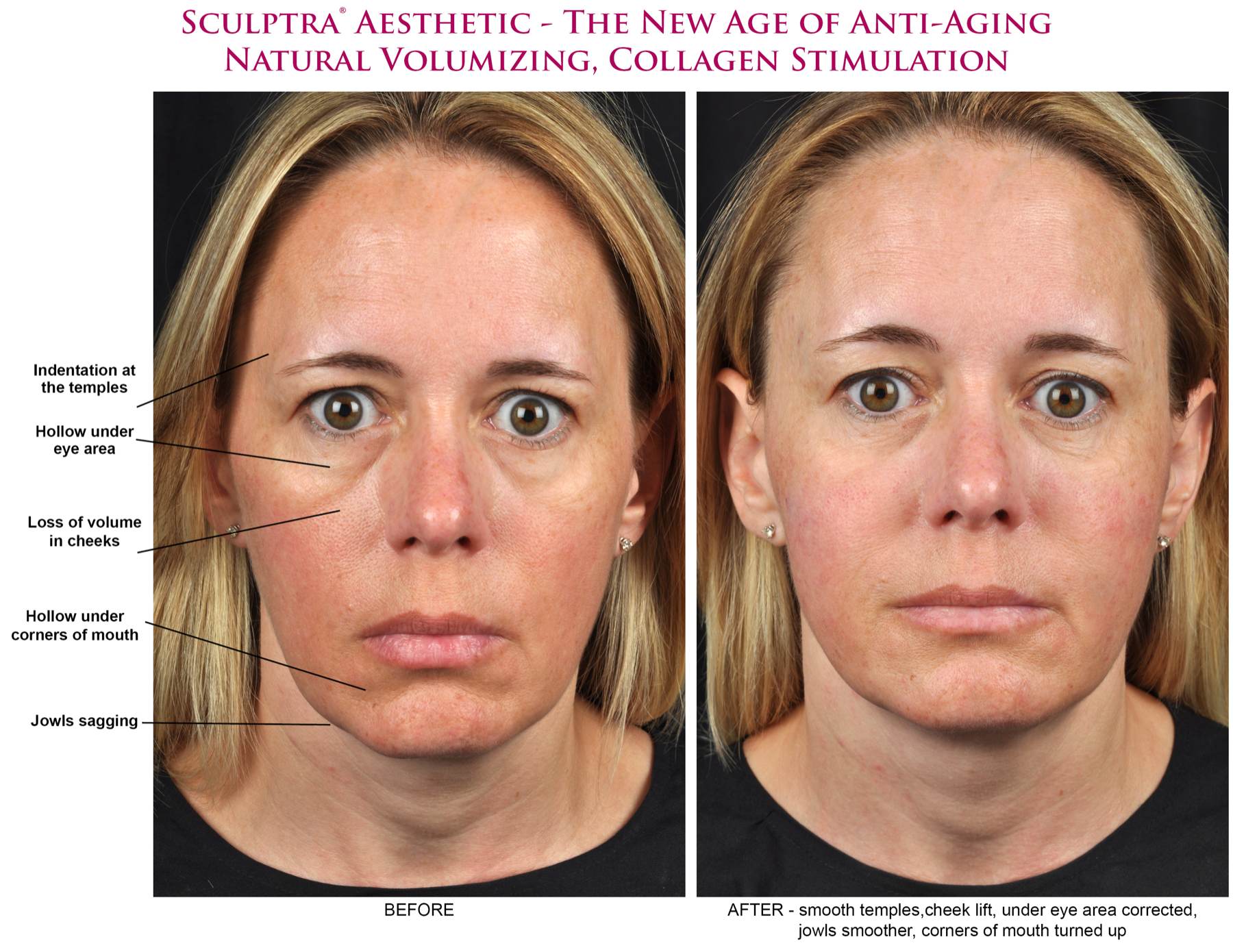
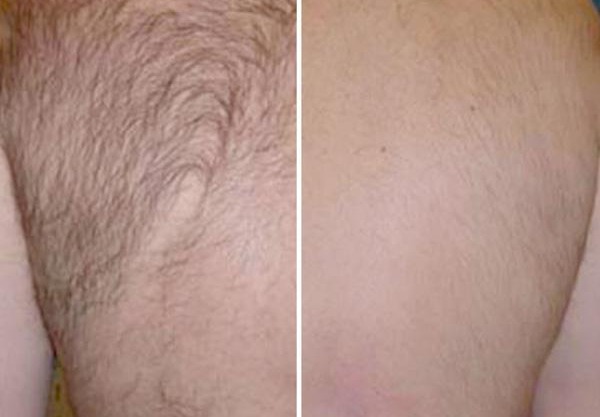 A hairy back is common among many men. However, women can have hairy backs too. Popular fashion standards can make people feel that their hairy back is unattractive or undesirable. In men, having hair on the chest, arms, and face is thought to be more attractive than having hair on the back.
A hairy back is common among many men. However, women can have hairy backs too. Popular fashion standards can make people feel that their hairy back is unattractive or undesirable. In men, having hair on the chest, arms, and face is thought to be more attractive than having hair on the back.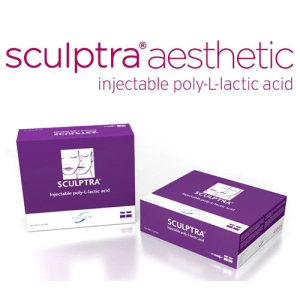 Sculptra Aesthetic is an FDA approved dermal filler treatment for adding volume in sunken and depleted facial areas. It helps in restoring a fuller and rounder appearance. Candidates looking to rejuvenate their facial appearance for avoiding fat transfer cosmetic surgery may choose Sculptra dermal injectable procedure.
Sculptra Aesthetic is an FDA approved dermal filler treatment for adding volume in sunken and depleted facial areas. It helps in restoring a fuller and rounder appearance. Candidates looking to rejuvenate their facial appearance for avoiding fat transfer cosmetic surgery may choose Sculptra dermal injectable procedure. The face is the most aesthetically prominent and noticeable part of the human body. However, over time loss of cheek volume because of aging, sun damage, genetics, illnesses, and environmental factors can result in the formation of lines, folds and wrinkles in the cheeks and jawline. Sculptra Aesthetic is a leading cosmetic soft tissue filter treatment for addressing facial loss of volume in a noninvasive manner.
The face is the most aesthetically prominent and noticeable part of the human body. However, over time loss of cheek volume because of aging, sun damage, genetics, illnesses, and environmental factors can result in the formation of lines, folds and wrinkles in the cheeks and jawline. Sculptra Aesthetic is a leading cosmetic soft tissue filter treatment for addressing facial loss of volume in a noninvasive manner.